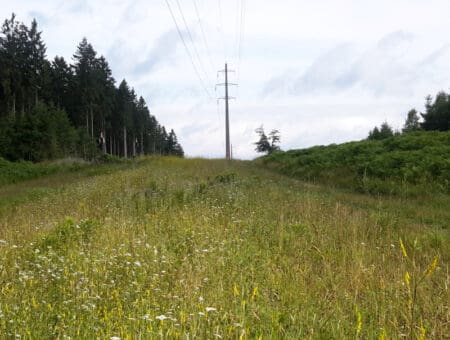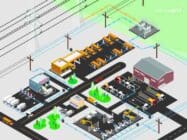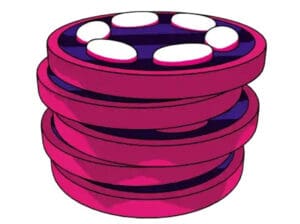
Integrated vegetation management is recommended for transmission and distribution system operators but several issues need to be addressed for its advancement in Europe.
The concept, an approach to managing the vegetation in the spaces beneath power lines – so-called ‘grid corridors’ – has come to be adopted increasingly by system operators but its rollout across Europe remains elusive.
This is according to the Renewables Grid Initiative, which reports engaging with the topic for many years and now taking the next steps to developing and implementing policies to advance it.
Integrated vegetation management is focussed on the ecological health of the grid corridors, while still removing vegetation which could interfere with the system security by touching a line.
Have you read?
Entering a new orbit of data
Predictive AI for T&D: How automated inspections optimise electric power systems and contain costs
Typically, this involves the selective removal of fast growing trees and invasive species, while promoting low growing native plants and creating new habitats that thrive among these plant communities, as well as exploring new economic opportunities for local stakeholders.
Resultant benefits have been documented for nature, people and the grid operators alike, ranging from improvements in local biodiversity to the engagement of local actors in vegetation management support.
Indeed, a cost-benefit analysis by Elia of an initiative run together with the French TSO RTE and the Ecofirst cooperative consultancy has estimated integrated vegetation management to be up to almost four times less expensive than traditional management over 30 years.
As the first of the next steps, the Renewables Grid Initiative has launched a series of workshops for European TSOs and DSOs to share experiences and discuss pathways forward.
Outcomes from the first of these in June, which focussed largely on the LIFE Elia-RTE project, were the identification of three key priorities of which one is the need for guidance and potentially standardised methodologies to collect and disseminate the benefits of integrated vegetation management.
A second is the harmonisation of regulatory remuneration and financing mechanisms across the EU and the need for guidance on the funding mechanisms available.
Third is support on balancing nature restoration with access to the grid assets for maintenance purposes and the need for bird protection.
These and other activities will now be addressed further in the second of the Initiative’s steps, a new working group of European TSOs and DSOs, which has been formed with the aim of moving towards a coordinated approach to integrated vegetation management in the region.








